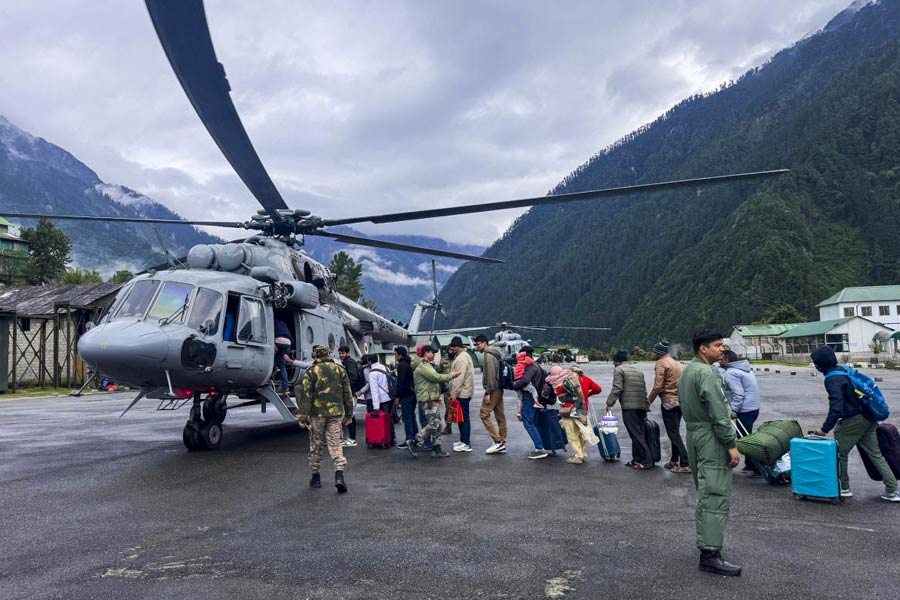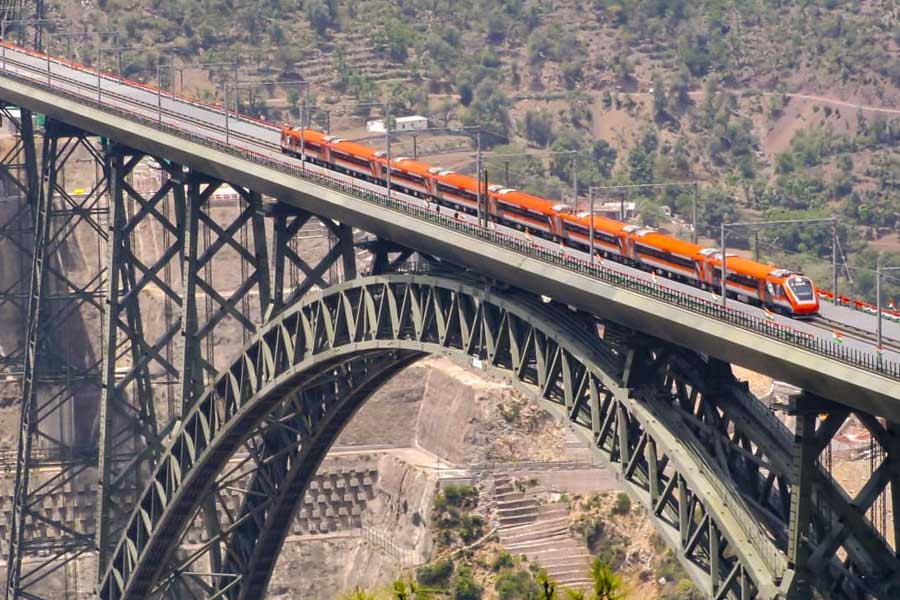 |
| Water released from the Panchna dam flows into the Keoladeo National Park |
Jaipur, Sept. 7: Water is once again flowing into the lakes of the Keoladeo National Park, staving off the threat of the bird sanctuary losing its World Heritage Site label.
Keoladeo in Rajasthan’s Bharatpur district, once known to support 40,000 birds from 375 species, has seen its winged population dwindle over the past few years because of water scarcity. It now hosts about 200 species of birds, mostly domestic, with the migratory birds yet to arrive.
After 11sqkm of its 29sqkm area went completely dry in March last year, the Unesco Heritage Committee had warned that the park could be put on the list of World Heritage in Danger at its next meeting in January 2011 if water was not made available to Keoladeo. The park has been a World Heritage Site since 1985.
Bharatpur has not received much rainfall this year, either, but with the rest of the state witnessing a good monsoon, the government released 600 million cubic feet of water to the sanctuary from the Panchna dam 100km away. The water, released in the last week of August, reached the park on Saturday.
Field director Anoop K.R. said that about 450mcft water had reached the park. With 11sqkm of shallow water bodies, the park has a total capacity of 550mcft.
Ironically, the park was built by the Maharaja of Bharatpur to save Bharatpur town from floods every year. He got an earthen dam, the Ajan Dam, constructed in 1760 and the resulting depression was turned into Bharatpur Lake.
Keoladeo has been witnessing sporadic droughts since the year 2000, bringing down the number of birds.
“Even the domestic resident birds, which usually nest during September-October, have been flying away since last year because flowing water was not available. Fewer migratory birds have been touching down each passing year for the same reason,” said birdwatcher Baachu Singh.
The park was most famous as the only regular wintering ground in India for the central population of the rare Siberian crane, which travelled over 6,000km every year to reach Bharatpur.
In its heyday, around 1965, Keoladeo hosted over 200 Siberian cranes. About 30 years later, in 1993, only five were sighted. After a gap of three years, four were spotted in 1996. The last pair was seen in 2003. The central population of the birds, which nested in western Siberia, has been extinct since 2007.
Although there have been persistent cries for more water for the parched park from birdwatchers and wildlife experts, the previous government refused to release water from Panchna dam, fearing a backlash from the farmers as rain had been scanty in the past few years. Even the present government had not acted till now.
Alternative plans, like sanctioning Rs 60 crore for a 17km underground pipeline to draw 500mcft of water from the nearby Goverdhan drain or the Chiksana Canal project, never got off the ground.











